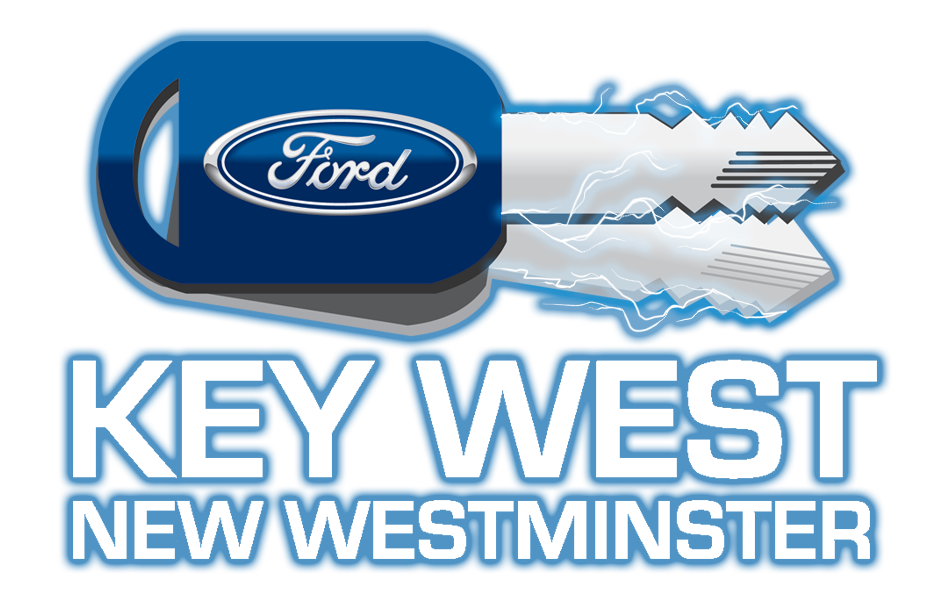Built to last, Ford pickup trucks outsell all other vehicles in their class year in and year out. Between the midsize Ranger and the larger F Series models, there’s a Ford pickup for every job, large or small. Both trucks come with lots of standard or available comfort, convenience, and technology features, and both offer exceptional performance and utility. While the two trucks have plenty in common, they also have many differences, as well. Here’s a look at their similarities, and their differences in several relevant categories.
Entertainment and Technology
Standard on all Ford pickups (excluding base trims), Ford’s SYNC3 infotainment system takes connectivity to the next level. Along with traditional features like voice recognition, hands-free calling, and music streaming, the SYNC3 system lets owners use their favorite apps right on the systems colour touchscreen display. Waze navigation, Pandora, and iHeartRadio, for example, can be easily accessed through the truck’s infotainment system’s interface. Trim dependent features include single or dual 4.2-inch productivity screens (Ranger and F Series), an 8-inch productivity screen (F Series), SiriusXM satellite radio, and Intelligent Access with Push-Button Start.
Performance
Thanks to their size, and several standard or available options, the two trucks part ways in some respects when it comes to performance. All Ranger models come with a 2.3L I-4 EcoBoost Engine linked to a SelectShift electronic 10-speed automatic transmission with Tow/Haul Mode and Electronic-Shift-On-the-Fly 4×4 drivetrains. On the F Series, Ford offers several engine/transmission/drivetrain combinations. A choice of 2×2 and 4×4 drivetrains, six or ten-speed automatic transmissions, and five engine options – a 3.3L Ti-VCT V6, a 2.7L EcoBoost, a 5.0L Ti-VCT V8, a 3.5L EcoBoost, and a 3.0L Powerstroke Turbo Diesel V6 – make customizing F Series trucks considerably easier than Ranger series vehicles. F Series transmissions also add Snow/Wet, EcoSelect, and Sport modes to their terrain management systems. All F Series and Ranger trims employ Ford’s Auto Start-Stop Technology for improved fuel economy.
Configurations
Ford makes the new Ranger pickup in three trims – XL, XLT, and Lariat – while this year’s F Series buyers have seven options to choose from – XL, XLT, Lariat, King Ranch, Raptor, Platinum, and Limited. Cab configurations include SuperCab and SuperCrew for the Ranger, and Regular Cab, SuperCab, and SuperCrew for F Series models. Maximum conventional towing capacities come in at 3401 kg for the Ranger, and 5,987 kg for F Series editions. The Ranger has a max payload of 748 kg, while F Series models handle almost double that at 1,483 kg. The Ranger comes with either a five or six-foot bed, while F Series models come with five-and-a-half or six-and-a-half foot beds, depending on the cab configuration. The Ranger does considerably better when it comes to fuel economy at 11.8 City/9.8 Hwy/10.9 combined (L/100km), while F Series models vary from 11.9L/100km City/9.4L/100km Hwy/10.8L/100km combined on the low end, to 15.1L/100km City/11.6L/100km Hwy/13.5L/100km combined at the high end of consumption.
While the Ford Ranger and Ford F Series will each have their own audience, one fact is for sure, the world’s best selling pickup trucks get better and better year in, and year out.


